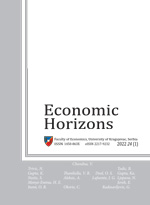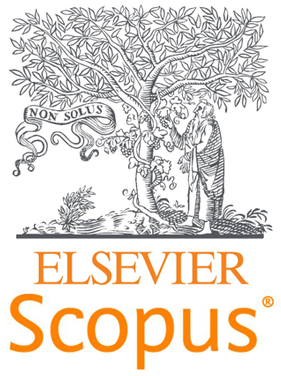MODELS OF WAGES AND INCENTIVES CONTRACTS IN THE CONDITIONS OF INFORMATION ASYMMETRY ON THE LABOR MARKET
Nada Trivic1 i Bojana Todic2
1Faculty of Economics in Subotica, University of Novi Sad, Subotica, The Republic of Serbia
2University of Belgrade, Faculty of Mathematics, Belgrade, The Republic of Serbia
The theoretical model of a perfectly competitive market leads to the efficient allocation of resources, and one of the assumptions of that model is complete information of market participants. In reality, however, market participants are usually asymmetrically informed. The goal of this analysis is to point out the fact that asymmetric information is almost ubiquitous, and also to point out the consequences of asymmetric information and the possibility of their elimination or mitigation. In addition, the research aim also reflects in achieving a theoretical confirmation of the presence of such asymmetric information and its consequences on the labor market as well, and in an attempt to mathematically formalize such markets, especially the labor market, by modeling the method of calculating wages and the employer’s objective function as an opportunity to overcome the principal-agent problem. The precisely defined research goals determined the structure of the paper, as well as the methodological tools. In order to test and prove the defined research hypotheses in this study and to realize the defined research goals of the study, the methods of theoretical analysis, abstraction, comparison, concretization, generalization, and critical evaluation are used.
Keywords: asymmetric information, adverse selection, inefficiency, moral hazard, signaling




